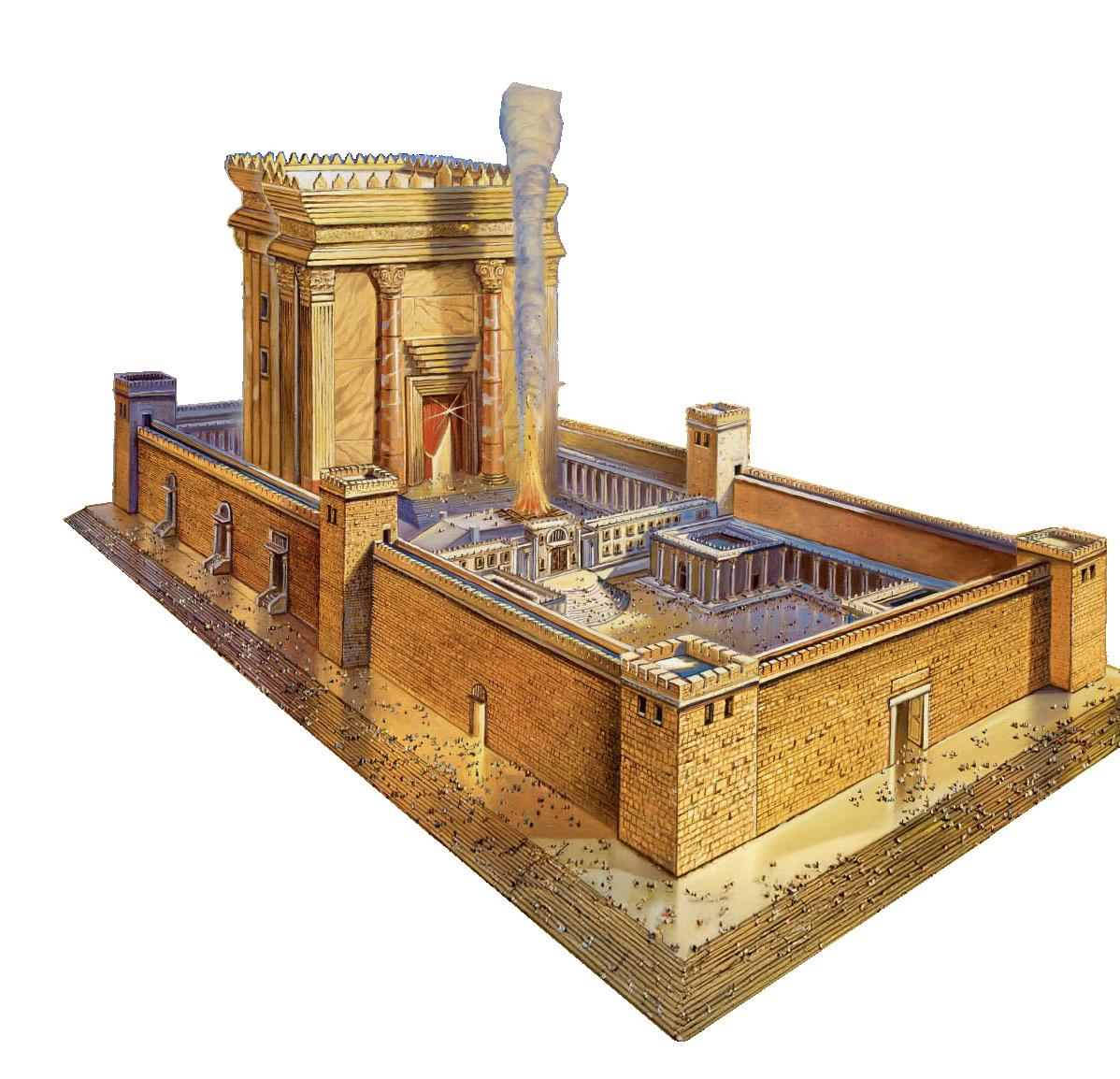
3 minute read
Chanukah SANCTITY OF TIME, PLACE AND KLAL YISRAEL

TBY RABBI RAPHAEL PELCOVITZ
Here Is A Custom To Recite
THE CHAPTER תכנח
(Tehillim 30) during Chanukah, after the Shacharis and Maariv services. The reason for this minhag is because on Chanukah the Mizbei’ach (Altar) was rededicated, and the Temple service resumed. Therefore the phrase תִיב inauguration of the Temple,” is a most fitting and appropriate one for this period. However, there is another reason offered for this minhag — namely, that we are expressing our thanksgiving to Hashem for not allowing our foes to rejoice over us, as the second verse explicitly states: turn, represent the areas of conflict between the Chashmona’im and the Hellenistic, assimilated Jews. Shabbos reflects the concept of sanctity of time, for it separates the weekdays from the Sabbath, which is holy. The enemies of Judaism, both from without and within, were determined to deny this distinction, for it threatened the ideology of paganism and Hellenism,
אלו, “You did not permit my enemies to rejoice over me.” Some commentators point out that the four letters which comprise the word allude to four observances which the Greeks and Syrians attempted to uproot from Israel. These four letters, shin, mem, ches and taf, represent Shabbos, milah (circumcision), chodesh (the New Moon) and tamid (the daily offering brought to the Temple).
Our enemies tried to uproot these four mitzvos, but were unsuccessful, and therefore we rejoice over their failure. The question, however, is: Why were these specific four mitzvos targeted? If we examine them carefully, we will realize that they represent four fundamental concepts in Judaism:
, the sanctity of time, the sanctity of one’s body, the sanctity of the people of Israel and the sanctity of place, i.e., the Holy Temple of Jerusalem. Each of these sanctities teaches us that there is a separation and distinction between the sacred and the profane. These four mitzvos, in the Jewish people came not only from external foes, the Greeks and Syrians, but even more so from Hellenistic Jews who enthusiastically embraced Hellenism and attempted to impose it on the Jewish people. These assimilated Jews went so far as to reject Bris Milah, the Covenant of Circumcision, which symbolizes kedushas haguf, the sanctification of one’s body, and establishes a covenant between Israel and the Almighty.
The mitzvah of Kiddush HaChodesh was given to the people of Israel when they were still in Egypt, and symbolically gave them the power to establish their own calendar and determine when various holidays should be observed.
When G-d told Moshe and Aharon, םֶכל הֶזה שׁדחה (Shemos 12:2), the key phrase used was םֶכל, “for you.” It is for this reason that the conclusion of the berachah in Kiddush and the Amidah on The Three Festivals is שֵׁדקמ םיִנמזהו לֵארשי, “Who sanctifies Israel and the seasons,” for it is the nation of Israel alone that is empowered to sanctify the seasons. This power was unacceptable to the enemies of Israel, who were insistent upon establishing their exclusive authority over the calendar, while denying this right to the Jews. These foes were therefore determined to uproot chodesh, which affirmed kedushas Yisrael, the sanctity of the people of Israel.
At the time of the Chanukah miracle, Antiochus and his army entered the Holy Temple, defiled it and prohibited the Jews from bringing korbanos, offerings, on the Altar. When the Chashmona’im returned to the Temple and rededicated it, they were able to reclaim this holy place and reestablish kedushas hamakom, sanctity of place, in Jerusalem. Hence, the tamid is most significant, for it represents all the korbanos brought
The enemies of Israel instinctively understood the source of Israel’s strength and their secret of survival. They appreciated the role that kedushah, sanctity, played in the unique identity of Israel, be it the sanctity of time, of body, of the nation or of a place. And this is why these four observances were targeted. These four kinds of kedushah are alluded to in the word תחמש, for each of these mitzvos begins with one of the four letters found in this word. And it is for this reason that the celebration of Chanukah is marked not with a seudah, a festive meal, as it is on Purim, but through the medium of the Menorah, of light, which symbolizes kedushah.
Adapted from Rabbi Pelcovitz’s Table Talk, published by Artscroll/Mesorah










